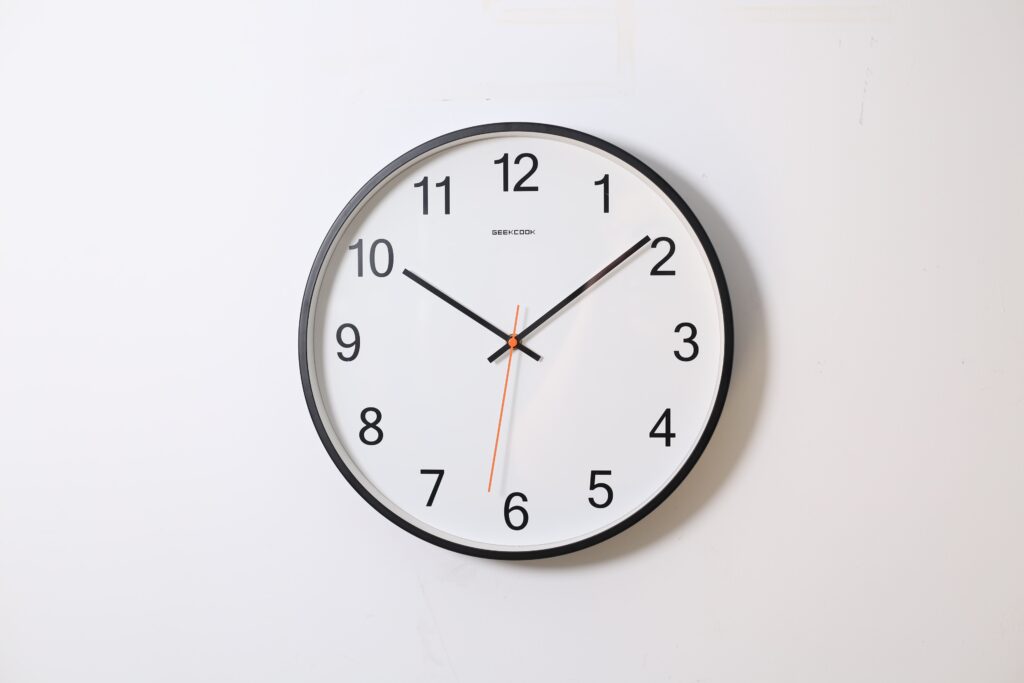News Team member Merom Arthur discusses the newest non-addictive innovation in pain management, its limitations, and the progress made in improving pain relief methods and awareness for patients.

A summary of important health news from the past week.
Covid tongue? Why new Covid-19 symptoms keep popping up.
By: Umair Irfan
It’s been over a year since the World Health Organization declared a global pandemic. In that time, we’ve learned about the array of COVID-19 symptoms like coughing, fever, shortness of breath, and loss of taste and smell. Medical researchers have also learned about the long-term symptoms of COVID-19, such as difficulty focusing, hear palpitation, hair loss, and mood swings. But a year on, researchers are still finding new symptoms. People are now reporting a fuzzy yellow-white coating on their tongue, dubbed the COVID tongue. One explanation is that people with COVID-19 may be more susceptible to fungal infections in their mouth, which appear as white blotches on the tongue.
Why Adjusting to Daylight Saving Time May Be Easier This Year
By: Cathy Cassata
The human circadian clock is delayed by increased exposure to evening light, which occurs with the switch to DST in spring, and is advanced after more morning light exposure, which occurs with the change back to standard time in fall. The body clock will be temporarily out of sync with the light-dark cycle, and this condition, often referred to as ‘circadian misalignment,’ has well-documented adverse health effects, including on metabolic and immune function. Research from the Sleep Research Society found an 18% increase in adverse medical events related to human error in the week after switching to daylight saving time with the occurrence of fatal traffic accidents increasing by up to 6% in the United States. The good news is that these effects may not be as severe this year due to COVID-19 for everyone. Because many are working from home, people may have more flexible schedules and find it easier to adjust to the time change without the added stress of a commute. Children, who typically don’t adjust well to sleep disruptions, will likely also adjust better to the clock change, given many of them are learning virtually and won’t experience the usual hassle to get out the door in the morning. However, for college students and frontline/ essential workers, the effect will be the same. They will still have to wake up and start classes an hour earlier, and workers with set schedules will still experience the negative effects of a lost hour of sleep.
Gilead and Merck Join Forces to Develop Long-Acting HIV Treatment
By: Jonathan D. Rockoff
It is unusual for two rival pharmaceutical companies, such as Merck and Gilead, to join forces in developing a new drug product. Merck and Gilead have both been individually working on their own HIV drug, with Merck’s Islatravir and Gilead’s Lenacapavir, yet the two companies decided to join their two drugs together in order to develop an HIV drug that could not only reduce the number of HIV cases, but reduce patients with the detectable disease. Gilead’s Lenacapavir attacks HIV viron by attacking cells at the point when replicas are leaving an HIV cell. Islatravir, designed by Merck, stops the virus by cutting off its ability to replicate and copy genetic HIV material. The alliance, said Gilead Chief Executive Daniel O’Day, could have the “potential to bring a long-acting medicine as much as two years earlier.”
The $1.9 Trillion American Rescue Plan Offers Great News On Health Insurance: Here Are The Provisions That Cut Insurance Costs
By: Deb Gordon
The American Rescue and Relief Plan Act of 2021, signed into law by President Biden, includes a number of provisions meant to assist struggling Americans as we continue to navigate the challenges of the COVID-19 pandemic. Among these provisions are plans to expand healthcare coverage and subsidies, which stand to help the over 15 million uninsured Americans, who are likely feeling the adding pressure and worry of not having coverage during this time. The healthcare provisions of the plan specifically reference temporary expansions to Medicaid coverage and heavier subsidies on Marketplace plans once inaccessible to many Americans making more than 400% of the federal poverty level but still not enough to afford unsubsidized premiums. While it is a momentary fix, the current administration and many analysts seem to believe that it will do much good while it is in place.
